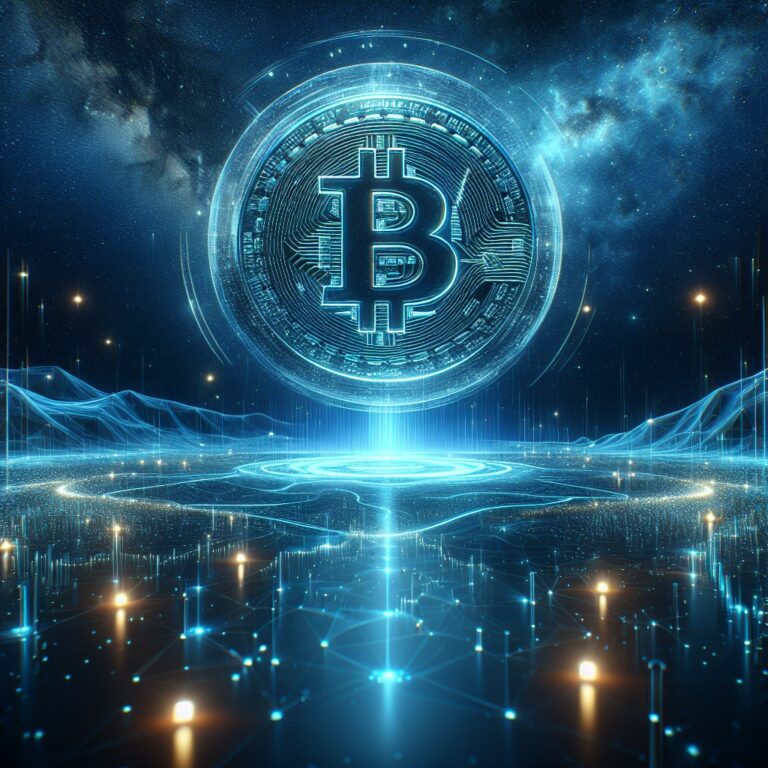Bitcoin’s recent rally to $110,000 might suggest a bustling marketplace, yet the network feels eerily quiet. Despite the price recovery, the actual movement of Bitcoin across the network and exchanges remains sluggish, hinting at a disconnect between market perception and on-chain reality.
ETF Inflows vs. Real Trading Activity
Here’s the catch: while exchange-traded funds (ETFs) are luring substantial inflows, the tangible movement of Bitcoin within the network is surprisingly stagnant. Analysts are puzzled. “We’ve seen a surge in investment vehicles like ETFs, but on-chain activity isn’t reflecting that enthusiasm,” notes Sarah Kim, a cryptocurrency analyst at Blockchain Insights. This discrepancy raises questions about the underlying drivers of Bitcoin’s price surge. Is the market being propped up by speculation rather than genuine utility? As explored in our recent coverage of Bitcoin’s rise to $110K alongside altcoin rallies, traders remain skeptical about the sustainability of this breakout.
The phenomenon isn’t entirely new. Historically, Bitcoin’s price has occasionally soared due to hype around financial products. However, the current scenario seems different. ETFs are designed to make Bitcoin investment accessible to traditional investors, and their growing popularity suggests a shift in the investor base. But, if these funds are holding Bitcoin without significant network transactions, it suggests a kind of “digital hoarding.”
Analyzing the Ghost Town Effect
What does that mean for you? Well, for starters, low network activity could imply reduced liquidity, something that might concern traders looking for swift market moves. “We’re in a situation where Bitcoin’s price is skyrocketing, yet network activity resembles a ghost town,” says Jake Lin, a veteran crypto trader. This unusual pattern might dampen the spirits of those who thrive on volatility and quick profits.
The current state of affairs also echoes a broader trend in the crypto world—where the spotlight is increasingly on financial products rather than the core technology. With platforms like Lido and EigenLayer gaining traction, the focus has shifted towards staking and earning yields, sometimes at the expense of traditional trading. This evolution in market dynamics could explain why Bitcoin’s network activity feels muted. For a deeper dive into how ETFs are impacting the market, see our coverage of Jacobi Bitcoin ETF’s influence on European retail investors.
Implications for the Future
Looking ahead, the question remains: can Bitcoin sustain its price momentum without a corresponding increase in network activity? If the network remains dormant, it might signal underlying weaknesses in the market’s foundation. “The sustainability of this rally is contingent on more than just financial products,” Kim warns. “We need to see real-world use cases and transactions picking up to support these price levels.”
This situation also highlights a potential risk for investors. If the current price is driven by speculative inflows rather than concrete usage, it could be vulnerable to a sharp correction. The market’s reliance on ETFs and similar products might create a bubble-like scenario, where the surface seems lively, but the core is hollow.
Ultimately, the cryptocurrency world is in a state of flux. The interplay between innovative financial products and traditional network activity will likely define Bitcoin’s trajectory in the months to come. So, while the market buzzes with excitement over Bitcoin’s price, the network’s ghostly quiet should not be ignored. It could be a harbinger—or just a temporary lull before the next big shift in the crypto landscape.
Source
This article is based on: Here’s Why the Bitcoin Network Feels Like a Ghost Town Despite the $110K Recovery
Further Reading
Deepen your understanding with these related articles:
- ARK 21Shares Bitcoin ETF to split stock for retail investors
- JPMorgan to Accept Bitcoin ETFs as Loan Collateral in Expansion of Crypto Access: Bloomberg
- Bitcoin Climbs Above $110K, ‘At Crossroads’ for Next Major Move

Steve Gregory is a lawyer in the United States who specializes in licensing for cryptocurrency companies and products. Steve began his career as an attorney in 2015 but made the switch to working in cryptocurrency full time shortly after joining the original team at Gemini Trust Company, an early cryptocurrency exchange based in New York City. Steve then joined CEX.io and was able to launch their regulated US-based cryptocurrency. Steve then went on to become the CEO at currency.com when he ran for four years and was able to lead currency.com to being fully acquired in 2025.


